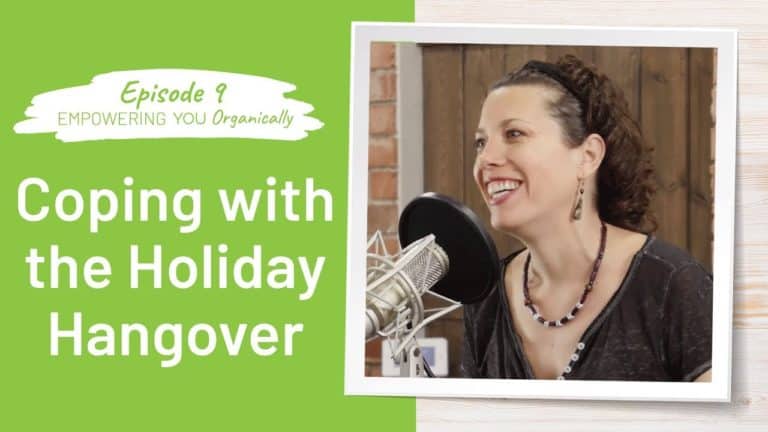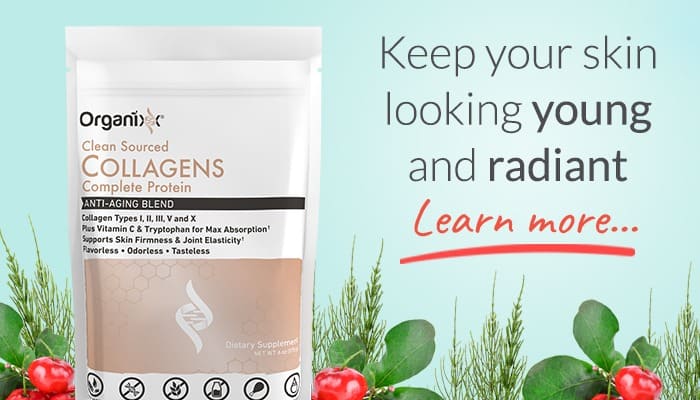Empowering you Organically – Season 2 – Episode 9
Title: Coping With The Holiday Hangover
Hosts: Jonathan Hunsaker & TeriAnn Trevenen
Guest: Susan Peirce Thompson
What is bright-line?
- The purpose of a bright-line rule is to produce predictable and consistent results in its application.
- Psychologists use the term
- The more addictable you are to food the more a bright-line will help
Exercise Bulimia
- a subset of the psychological disorder called bulimia in which a person is compelled to exercise in an effort aimed at burning the calories of food energy and fat reserves to an excessive level that negatively affects their health. The damage normally occurs through not giving the body adequate rest for athletic recovery compared to their exercise levels, leading to increasing levels of disrepair. If the person eats a normally healthy and adequate diet but exercises in levels they know require higher levels of nutrition, this can also be seen as a form of anorexia.
States of Addiction
- Active within its domain (food, alcohol, cigarettes, gambling, shopping, etc)
- Abstinence or remission
- Brain never triggered on the addiction cues
The addict is not looking to get high. They are looking to get normal.
After Effects of Too Much Sugar
- A depressive
- Causes weight gain
- May increase risk of heart disease
- Has been linked to acne
- Increases risk of diabetes
- May increase risk of cancer
- Accelerates skin aging
- Can increase cellular aging (shortens telomeres)
- Drain your energy
- Can lead to fatty liver
- Accelerates cognitive decline
- Negatively impacts dental health
- Increases risk of kidney disease
- Increases risk of gout
Importance of Self Compassion
- 1st article in 2005 now a hot topic in psychology
- 3 Major Components
- Self-kindness vs. Self-judgement
- Common humanity vs. Isolation
- Mindfulness vs. Over-identification
How to improve our self-compassion
- Hook up with a community of people who are following a lifestyle you want to emulate
- Be alert to the self-talk
- Talk to yourself as you would a friend or family member
How did self-compassion change Susan’s path?
- Willingness to just keep trying
- Didn’t give up on herself
Top 3 Changes Susan Made
- Actively looking for a solution from people who’d been through it and succeeded
- Used the 12 Step Food Movement
- Dug into the brain cognitive science of food addiction
What is Bright-Line Eating
Comprehensive food plan. Manages execution, longevity, and compliance over time. Changing your lifestyle.
- No Sugar or Artificial Sweeteners
- No Flours
- 3 Meals a Day – ONLY
- Manage Quantity
Lifestyle Changes
A – Automaticity – Putting your food on autopilot like brushing your teeth
I – Identity – “I’m not a smoker’
R – Resume – flexibility to get back on track
* * *
Subscribe to Empowering You Organically
Never miss an episode!
APPLE PODCASTS SPOTIFY GOOGLE PODCASTS
–
Episode 9 – Coping With The Holiday Hangover




